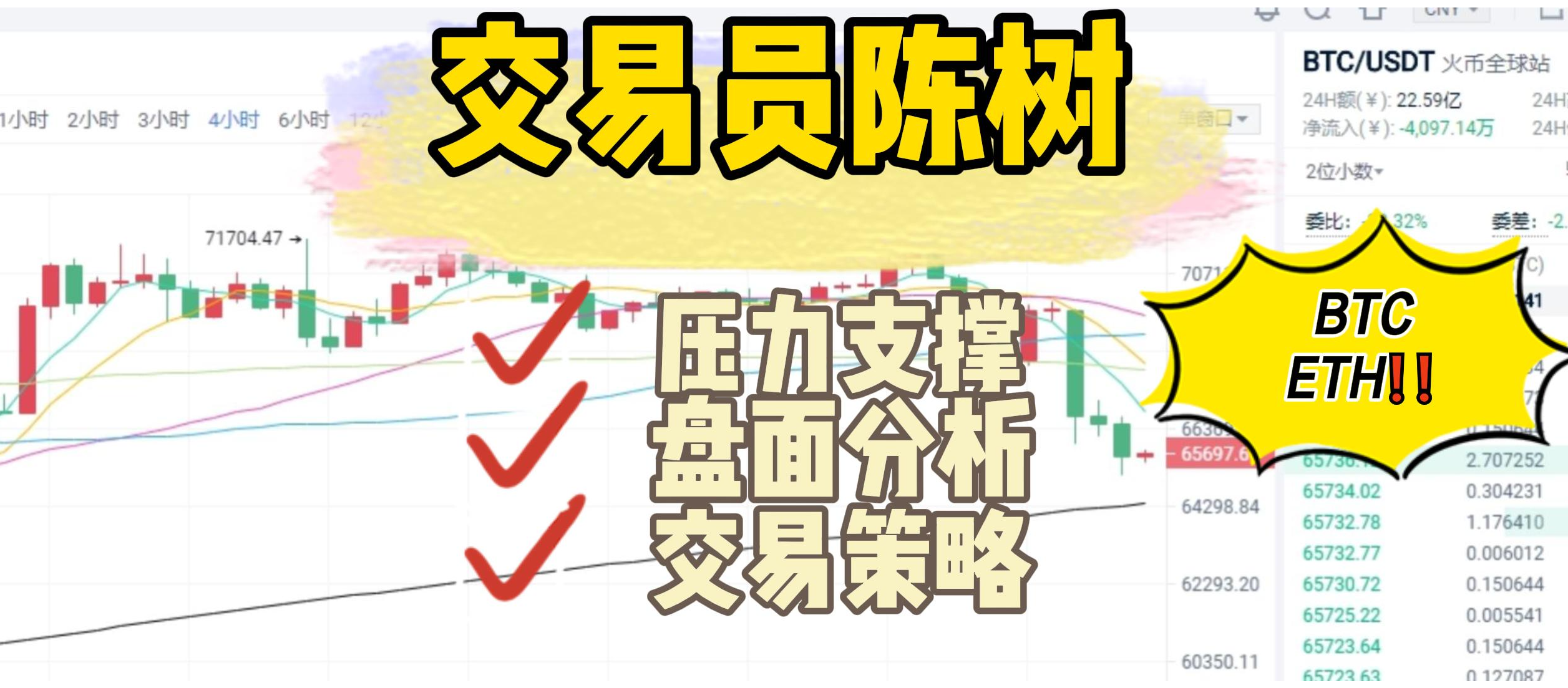During this period, my articles have not been closely related to cryptocurrency assets, but some readers have still asked questions about cryptocurrency in the comment section, such as the following two:
With the Federal Reserve cutting interest rates, a portion of the funds will definitely flow back to China. Will this have an impact on the future trends of the US stock market and the cryptocurrency market?
The Federal Reserve has already cut interest rates, but cryptocurrency assets seem to be relatively quiet. What is the reason for this?
Both questions mention the potential impact of the Federal Reserve's interest rate cuts on cryptocurrency assets.
Regarding the possible effects of interest rate cuts on cryptocurrency assets, I shared my views in an article on September 20:
"I tend to believe that for the cryptocurrency ecosystem, we should not overemphasize the impact of interest rate cuts, especially not to shift the focus and attention away. The core focus of the cryptocurrency ecosystem should still be on innovation and invention within the ecosystem. A loose external environment is a bonus, but not a necessity."
To this day, I still maintain this viewpoint.
My basic logic is:
The cryptocurrency ecosystem has now reached a certain scale. For an ecosystem of this size, a noticeable bull market requires a significantly larger amount of capital, and it needs to compete for funds with other investment markets.
Previously, I believed that the main competitor for cryptocurrency assets was the US stock market.
When users choose between the two, the asset with greater appeal will attract the majority of funds, and the remaining funds will spill over to the other asset.
In this situation, only when there is significant collective innovation in applications within the cryptocurrency ecosystem can it broadly attract new users and ultimately draw in a considerable amount of capital.
Relying solely on the current wave of emotion-driven MEME coins and a bunch of infrastructure that does not directly attract users (layer two scaling, protocols, cross-chain…) makes it difficult to attract new users, let alone large-scale capital inflows.
However, now even the original situation has become a "thing of the past," as today's circumstances are more complex:
Cryptocurrency assets are now facing not only competition from the US stock market but also, objectively speaking, competition from Chinese assets.
Today, I noticed a rather inconspicuous piece of news:
Foreign reports indicate that in recent days, a wave of international funds has withdrawn from the previously hot Indian financial market, but it has not flowed back to the US stock market, nor has it gone to the cryptocurrency market; instead, it has flowed into Chinese assets.
Although this news did not specify the amount of this capital, the direction of this capital speaks volumes about the intentions of investors.
Is it just this capital that has such thoughts and directions?
If Chinese assets continue to heat up, I believe more funds, including those from the US, may continue to flow into Chinese assets rather than cryptocurrency assets.
Therefore, the performance of Chinese assets in the coming year (until the end of 2025) will likely influence the trends of the US stock market and cryptocurrency assets.
Coincidentally, on the first day after the holiday (October 8), the National Development and Reform Commission held an important press conference aimed at domestic and foreign media. The information revealed in this press conference can provide insights into the possible trends of Chinese assets in the coming year (until the end of 2025).
Many economists are concerned about whether this press conference will announce unexpected fiscal stimulus policies, but my focus is not on that; rather, it is: within the central government's thinking, what is the lowest limit that it cannot allow for the deterioration of Chinese assets?
My understanding is that the central government wants to ensure a smooth conclusion to the "14th Five-Year Plan" and lay a good foundation for a strong start to the "15th Five-Year Plan." Under this premise, the central government will stimulate economic development and recovery in various aspects, and the capital market is an important part that cannot be ignored. Throughout the press conference, leaders repeatedly mentioned the need for policies to have "effects" and to be "sustainable."
What does it mean to have "effects"? My understanding is that if the existing policies do not have "effects," they will continue to be intensified.
What does it mean to be "sustainable"? My understanding is that if the market weakens again, it is not sustainable enough, and measures must be taken to make it "sustainable" again.
From this perspective, if we read the statements from the National Development and Reform Commission carefully, I believe that the state of Chinese assets in 2025 will not be too bad, as it is something the central government will strive to maintain.
Therefore, the performance of Chinese assets in 2025 will undoubtedly attract the attention and focus of international capital.
In this situation, if cryptocurrency assets do not have innovations in applications in the coming year that can attract the attention and focus of incremental capital, then from now until 2025, their performance is unlikely to be very optimistic. Even if there is a bull market, it will only be a very reluctant small trend.
免责声明:本文章仅代表作者个人观点,不代表本平台的立场和观点。本文章仅供信息分享,不构成对任何人的任何投资建议。用户与作者之间的任何争议,与本平台无关。如网页中刊载的文章或图片涉及侵权,请提供相关的权利证明和身份证明发送邮件到support@aicoin.com,本平台相关工作人员将会进行核查。




